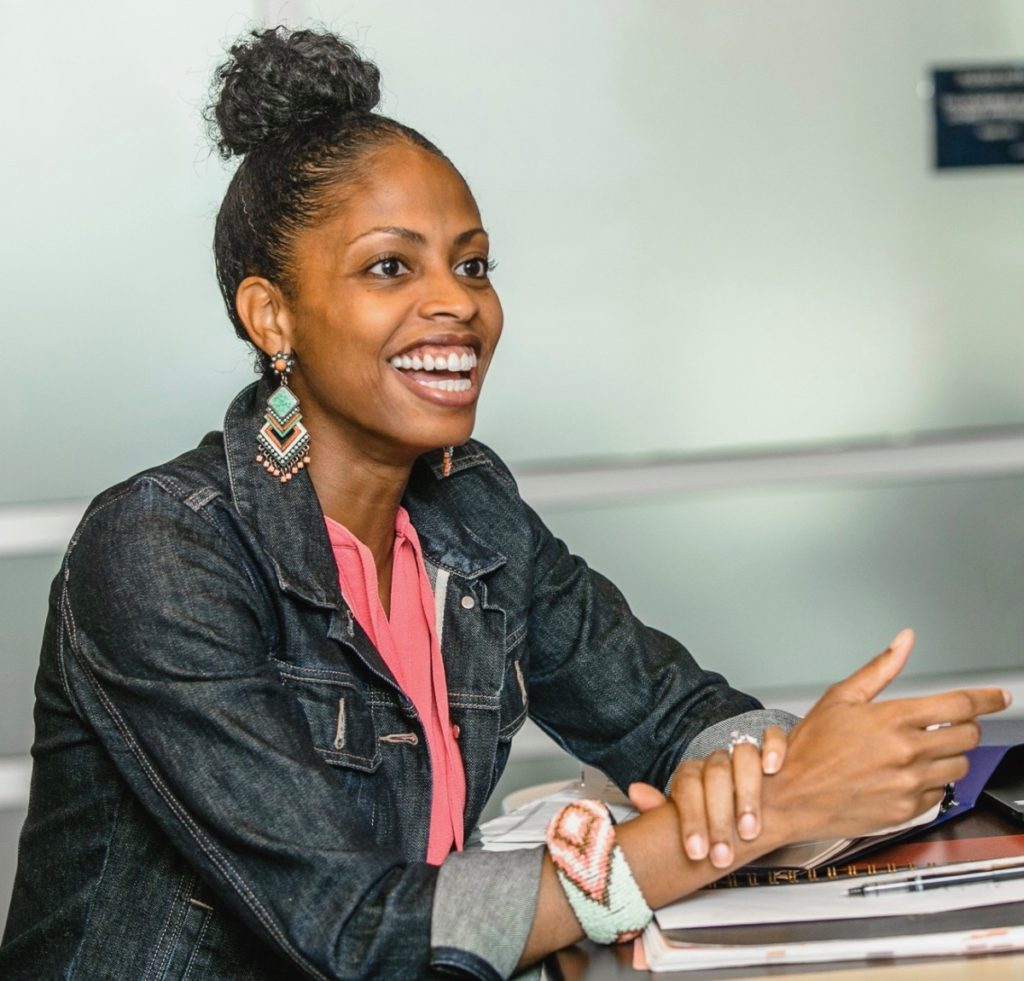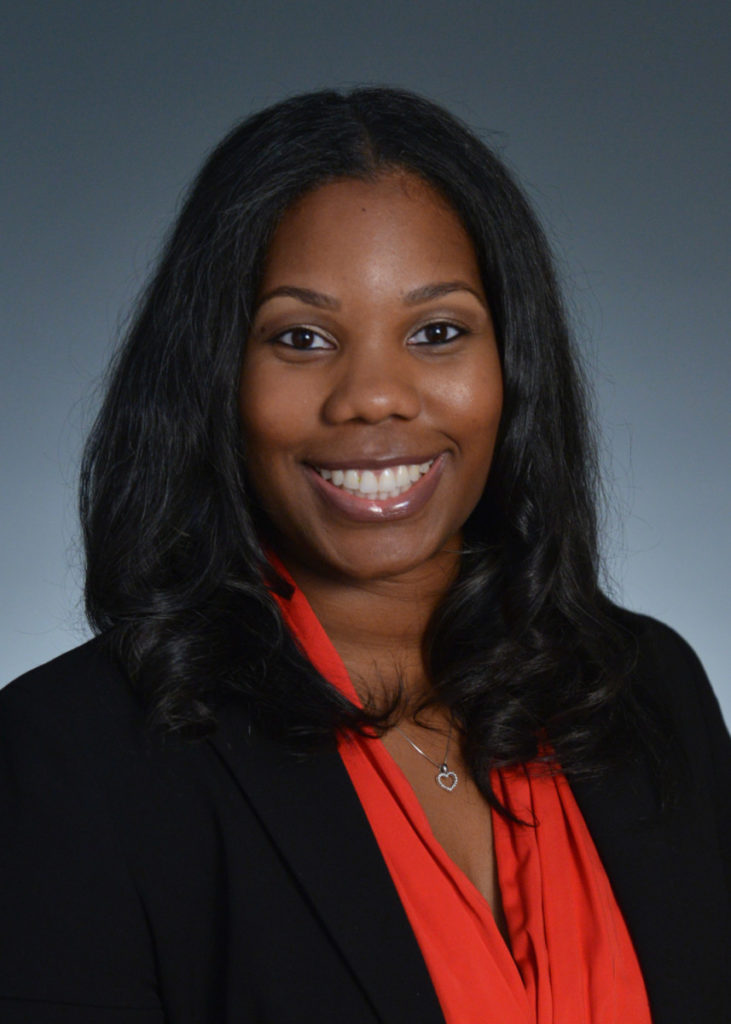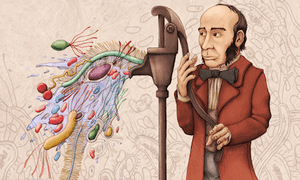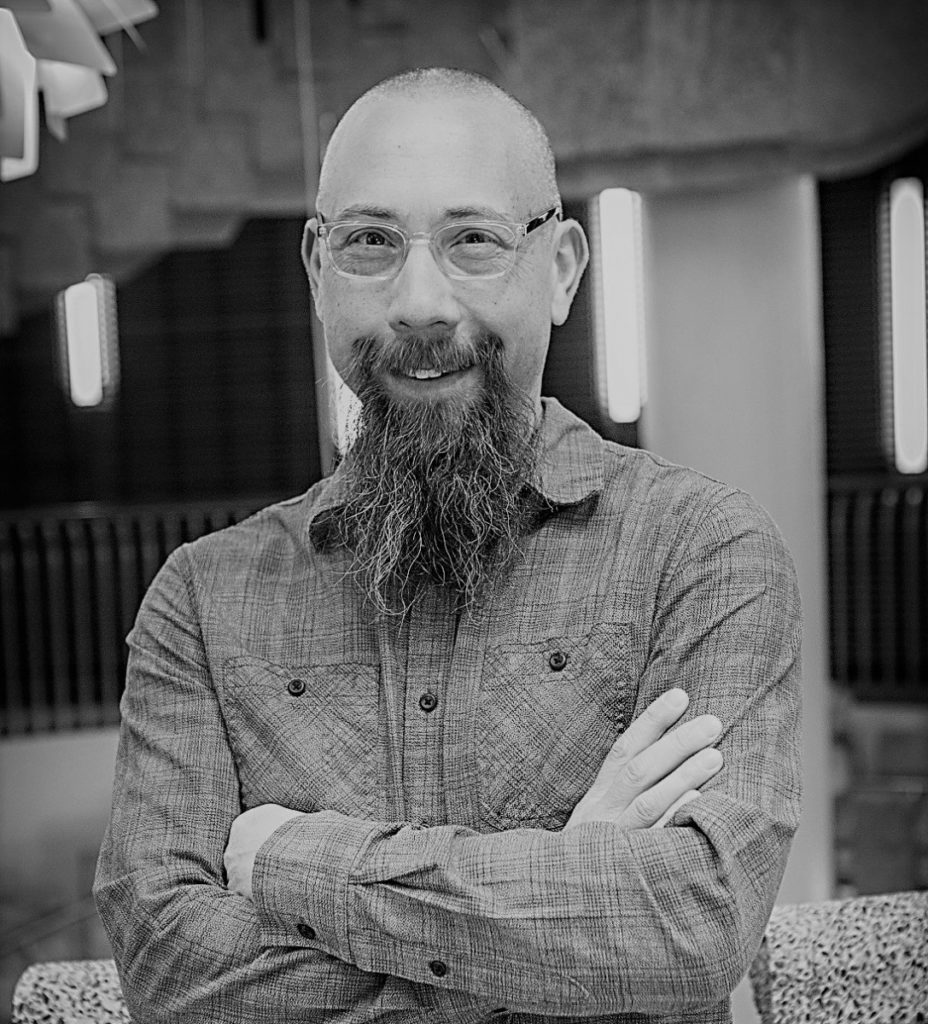RETROspective
Category : PROspective
Once a year, we take the opportunity to look back on some of our favorite PROspective’s. This year, we invited authors from across the Department to contribute – including students – and the result has been a collection of thought-provoking and insightful articles on the experience of studying and practicing epidemiology in a time unlike any other. Below is a selection of must-read PROspective’s from this past year. We hope that these have helped you gain some clarity and perspective on our profession and how to navigate it.
Sleep Can Be a Privilege
Last August we heard from Dr. Dayna A. Johnson in Sleep Epidemiology: Contributions of Social Determinants. In this article Dr. Johnson highlighted the ways social determinants can influence our health, specifically our sleep. The Quote:
“Witnessing such injustices, which are the result of racism – a fundamental cause of health inequities, can cause a state of vigilance, which is particularly salient for racial minorities… These are vicarious experiences of racism or discrimination, which are known to affect health, and sleep.”
Think in Chapters
In this thoughtful and straightforward guide, Dr. Lauren McCullough explains her simple approach Goal Setting, which can be summarized by three questions: Who are you? What do you want? and What is your plan? Without a doubt, you will find yourself coming back to this article again and again throughout your career during those times of transition and self-exploration. The Quote:
“Goal setting is a helpful way to establish a marker for success and measure your progress. Yet, your journey may be inefficient or ill-conceived if your goal setting strategy is missing some crucial steps.”
Should I pursue a PhD?
On the topic of making plans, in After the MPH, is a PhD Next? Dr. Shakira Suglia brought up points to consider for those students considering a PhD. Even if you aren’t considering further studies at this point in your career, its a good idea to understand what these programs offer because you never know how your goals or educational needs might change in the future. The Quote:
“A PhD changes the types of jobs you are competitive for, you move into a lead role conceptualizing and leading research rather than carrying out the research.”
Wait… where did I save that?
There is a lot we are expected to keep organized during a masters program – between coursework, REAL job, APE, and Thesis (just to name a few). This past February, Dr. Ashely Naimi taught us how to keep our research life organized, with a focus on practical solutions for file structures, naming conventions, and much more in his article entitled Taming the Chaos. The Quote:
“Like your living or work space, your project space should be kept neat and tidy so that you know where things are when you need them.”
Epidemiology and Consulting
Cassie Kersten gave us a peak into the life of a Public Health Consultant when she talked about the journey to finding her job with Booz Allen Hamilton in Public Health Consulting. The quote:
“Even as the most junior member of my team and as one of the few without a military background, my input is valued and I have begun taking lead on some product development tasks.”
To Vax or Not to Vax
There is maybe no more prescient a topic today in epidemiology than this. Vaccine hesitancy isn’t anything new, but the ramifications of our response to it right now loom large over our future with the pandemic both in the US and abroad. In March, Dr. Robert Bednarcyzk talked about vaccination behaviors and hesitance in Epidemiology and Vaccine Hesitancy. The quote:
“Epidemiologists cannot remain siloed – interprofessional collaboration is necessary to overcome vaccine hesitance.”
There is no ‘EPI’ without ‘Advocacy’
In this two-part series, Dr. Anke Huels talked about how to engage in health advocacy through epidemiologic research. In From Epi to Advocacy Part 1 Dr. Huels emphasized working with interdisciplinary teams and community stakeholders to make relevant recommendations for action. In part 2 she explained how to ensure your work reaches the right audience and creates an impact. The quote:
“If you discuss your epidemiologic findings only with other epidemiologists, it is very unlikely that you will reach the general public and decision makers. You can conduct a perfect epidemiologic analysis and write a beautiful research article. However, if you want your work to make a difference, you need to discuss it with people from different fields and have a good answer to the question ‘so what?'”
From everyone at the Confounder, we want to thank our contributing authors from this past year for sharing their voice and insights. Remember, you can also read though past articles anytime on the PROspective page. If you are interested in contributing to PROspective, please send us an email at Confounder [at] emory [dot] edu with your article idea!
Featured Image by engin akyurt on Unsplash







Recent Comments